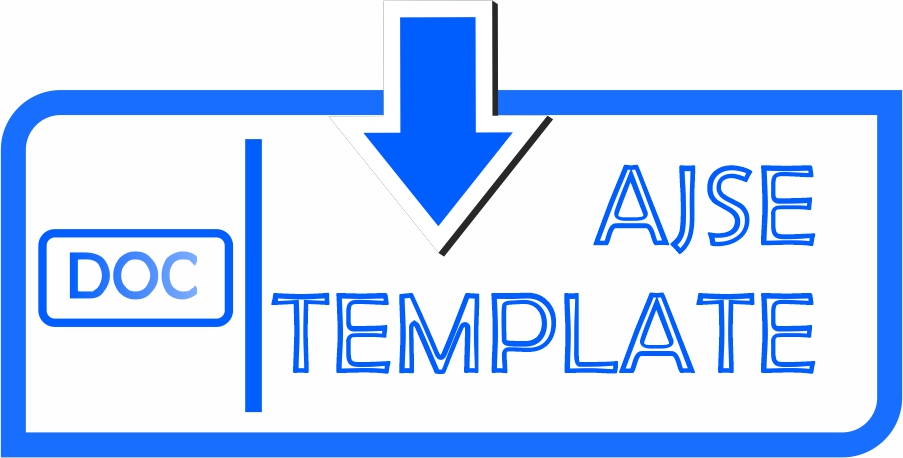ANALYSIS OF PHOSPHATE IN LIQUID WASTE HOSPITAL
Emmy Nurhayati(1*), Muslikhin Hidayat(2), Sri Puji Saraswati(3)
(1) MTS UGM
(2) UGM
(3) UGM
(*) Corresponding Author
Abstract
Liquid waste generated by various activities in the hospital environment has the potential to pollute the environment if the parameters contained in it exceeds the specified quality standards. Parameters that most often exceeded the quality standard is phosphate (PO43-). Phosphate which exceeds the limit of 2 mg/L may affect the balance of aquatic ecosystems. One way to lower phosphate levels is using the coagulation flocculation process. This study aims to uncover the root cause of high levels of phosphate and recommendations for decline it and propose to install coagulation flocculation units.
Research methodology starts from search and identification of phosphate levels of various source of phosphate in the hospital environment, from sump pit Dapur (Kitchen), sump pit Poli (Polyclinic), sump pit Lucas, sump pit Biara (Monastery), sump pit Genset and sump pit Carolus. Then doing the jar test in coagulation flocculation process using coagulant that is alum and lime with rapid stirring for 60 seconds and slow stirring for 15 minutes. Jar test was used to determine the optimal dose of coagulant for alum dose range between 50-150 (mg/L) and lime between 75-125 (mg/L). Coagulation flocculation units will be built on the largest phosphate producer with sampling as much as 6 times to determine the fluctuations of phosphate. Lab test of phosphate levels were performed using the spectrophotometric of SnCl2 method.
The study data include phosphate levels from source of phosphate and phosphate fluctuations in the greatest source. Based on the results the largest source from pond Elisabeth. Jar test process is done by sampling as much as a liter of waste water taken from pond Elisabeth with total discharge of 26,640 L/day. Showed that the initial Phosphate of maximum from 7,1 mg/L decreased to 1,73 mg/L (75,63%) if given the alum dose of 50 mg/L and lime 125 mg/L which generates as much as 7,049 kg of sludge per day. Phosphate of average from 4,58 mg/L decreased to 0,73 mg/L (84,06%) with alum as much as 50 mg/L and lime as much as 75 mg/L which produces sludge as much as 5,378 kg/day. Phosphate of minimum from 2,23 mg/L decreased to 0,14 mg/L (93,72%) if given the alum dose of 50 mg/L and lime 75 mg/L with sludge as much as 4,931 kg/day.
Keywords
Full Text:
PDFReferences
Budiharjo, 1997. Management of Wastewater Hospital. Training of Sanitation for Hospital in Dr. Sarjito Hospital. Yogyakarta.
Djabu, U. 1991. Guidelines for Studies Feces and Waste Water Disposal at the Institute of Education, Sanitation and Environmental Health. MOH of RI. Jakarta.
Eckfendeler Jr and W. Wesley., 2000, ”Industrial Water Pollution Control”, 3th edition., Mc Graw Hill Book, Singapore.
Decree of the Minister of Environment No. 58 Year 1995 on Wastewater Quality Standard for Hospital Activities.
Prof. Dr. Ir. Ign. Suharto, APU. 2011. Chemical Waste in Air and Water Pollution. Andi Publishing, Yogyakarta
http://www.pantirapih.or.id/ accessed January, 2014
Article Metrics
Refbacks
- There are currently no refbacks.
Copyright (c)
Universitas Gadjah Mada


